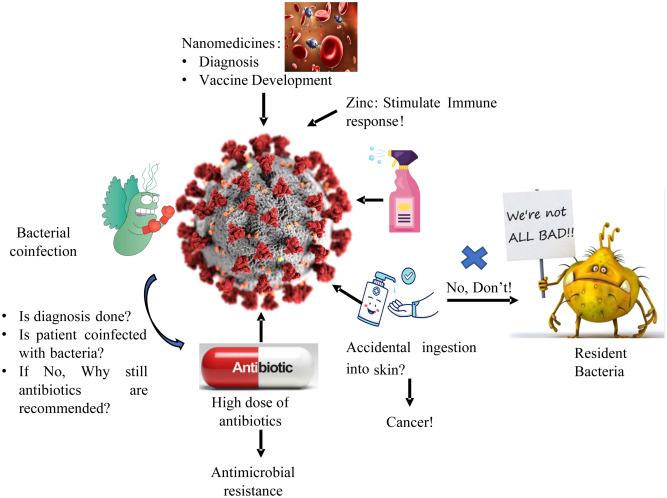A 68-year-old Japanese man complained of mild cough from four days to one day before. Although cough subsided, the patient was worried about whether he developed COVID-19 and he might pass the virus to his mother, whom the patient provided at-home daily care solely. At that time, COVID-19 was mildly spread in the town. His past medical history included myocardial infarction, diabetes mellitus, hypertension, bladder cancer (postoperative), and non-cancerous tumor of the colon (postoperative). He regularly took bisoprolol 5 mg/d, azilsartan 20 mg/d, amlodipine 10 mg/d, rosuvastatin 5 mg/d, metformin 500 mg/d, and voglibose 0.6 mg/d. His usual blood pressure was about 140/80 mmHg, and his heart rate was about 50 beats per minute. Although the patient was afebrile, we first saw him on full personal protective equipment in the tent only for febrile patients, for fear that the patient might develop COVID-19. The tent was not equipped with a sphygmomanometer to prevent contact infection.

The patient did not appear toxic and did not complain of any symptoms in the tent. The body temperature was 36.5°C, heart rate 84 beats per minute, respiratory rate 20 per minute, and oxygen saturation 99% while breathing ambient air. Upon physical examination, a normal pharynx was seen. Lung and heart sounds were normal. There was no rash or arthritis. The abdomen was not tender. Costovertebral angle tenderness was negative.
Our hospital could not perform severe acute respiratory syndrome coronavirus 2 (SARS-CoV-2) real-time reverse transcription-polymerase chain reaction, and the SARS-CoV-2 antigen rapid test was negative. A chest X-ray was performed to rule out pneumonia, and no abnormal finding was seen. We were reassured by this negative result and thought that no additional evaluation might not be needed. We, however, became aware that the patient took slow and heavy steps to the X-ray room. On second thought, we paid attention to slight tachycardia (heart rate 84) regardless of his taking beta-blocker. We decided to reexamine the patient. It thus turned out that the blood pressure was 90/56 mmHg. The limbs were warm. Jugular vein distention was not seen. Considering slight tachycardia, blood pressure lower than usual, and the slow and heavy steps, we thought that the patient might fall into serious conditions such as distributive shock. The extracellular fluid infusion was started immediately, and blood laboratory tests were performed. The results were as follows: white blood cell counts of 25,240/µL (normal range: 3590-9640/µL), serum C-reactive protein level of 32.08 mg/dL (0-0.3 mg/dL), serum creatinine kinase level of 1443 IU/L (39-308 IU/L), serum lactate dehydrogenase level of 313 IU/L (85-227 IU/L), and serum creatinine level of 3.05 mg/dL (0.6-1.1 mg/dL). Lactic acid was not checked. A computed tomography scan revealed right hydronephrosis due to ureteral calculus of 5 mm in diameter (Figure 1). Urinalysis revealed pyuria and bacteriuria. The diagnosis of obstructive pyelonephritis, sepsis, and distributive shock was made.
Figure1:(A) Right hydronephrosis (white arrow). (B) Ureteral calculus causing hydronephrosis (white arrowhead)
An intravenous antibiotic (tazobactam/piperacillin) was administered by urologists, and a percutaneous nephrostomy was performed. A blood culture turned out to be positive in Escherichia coli. The patient was recovered in a week and was discharged. After discharge, the patient did not develop fever, malaise, or other symptoms again.
